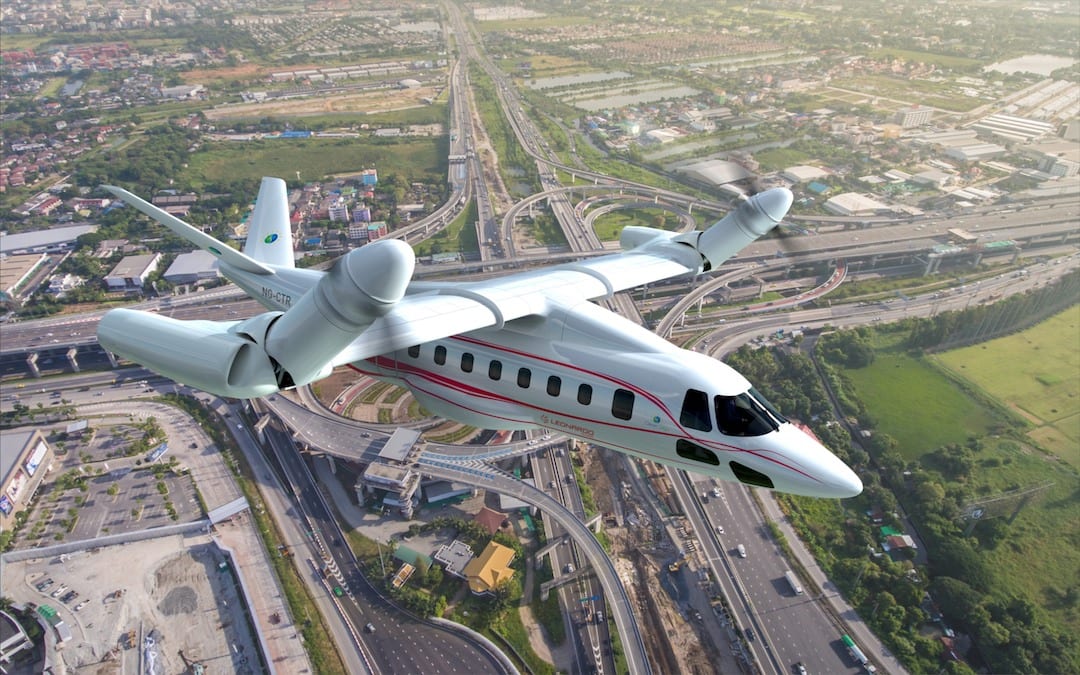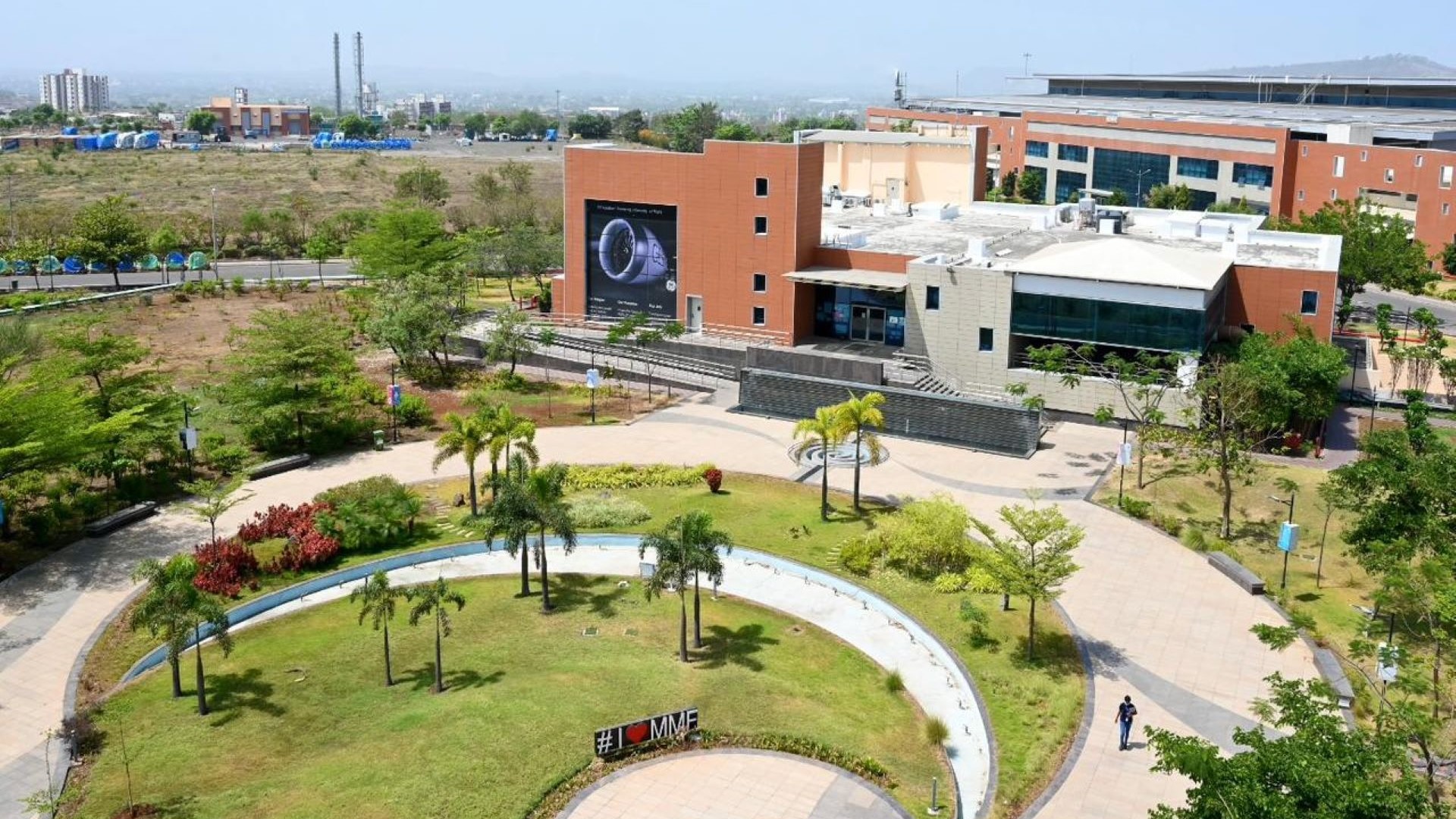Leonardo Next-Generation Civil Tiltrotor Demonstrator Powered by GE
June 17, 2019 | by Yari Bovalino
Emergency services or medical evacuation helicopters face challenges from flying in and out of urban and densely populated areas. Often, they must follow unique flight paths and confined takeoff and landing zones for rescue missions, getting to and from as fast as possible.
Leonardo’s Next-Generation Civil Tiltrotor (NextGenCTR) combines the benefits of a helicopter with the speed and capabilities of fixed-wing aircraft to produce a single vehicle that better meets the demands of rescue and passenger transport missions. The NextGenCTR has the capability of taking off and landing vertically, as well as “hovering” in a fixed position over the ground.
Recently, Leonardo selected the GE Aviation CT7 turboshaft to power its NextGenCTR Technology Demonstrator, which is currently in development. NextGenCTR will leverage Leonardo’s unique capabilities and leadership in the development of commercial tiltrotors, as testified by the AW609 which is nearing certification. The NextGenCTR tilting mechanism incorporates a fixed engine installation with a split gearbox to provide prop-rotor swivel.
“GE’s CT7 engine satisfies our need in terms of power and features,” said Andrea Artioli, the NGCTR-TD’s program manager.
The NextGenCTR places particular emphasis on emissions and noise reduction. It is being developed within the CleanSky2 European sustainable research primary program aimed at delivering significantly quieter and more environmentally-friendly aircraft.
The CT7 also powers the company’s AW189 super-medium twin-engine helicopter.'
Leonardo’s Next-Generation Civil Tiltrotor (NextGenCTR) combines the benefits of a helicopter with the speed and capabilities of fixed-wing aircraft to produce a single vehicle that better meets the demands of rescue and passenger transport missions. The NextGenCTR has the capability of taking off and landing vertically, as well as “hovering” in a fixed position over the ground.
Recently, Leonardo selected the GE Aviation CT7 turboshaft to power its NextGenCTR Technology Demonstrator, which is currently in development. NextGenCTR will leverage Leonardo’s unique capabilities and leadership in the development of commercial tiltrotors, as testified by the AW609 which is nearing certification. The NextGenCTR tilting mechanism incorporates a fixed engine installation with a split gearbox to provide prop-rotor swivel.
“GE’s CT7 engine satisfies our need in terms of power and features,” said Andrea Artioli, the NGCTR-TD’s program manager.
The NextGenCTR places particular emphasis on emissions and noise reduction. It is being developed within the CleanSky2 European sustainable research primary program aimed at delivering significantly quieter and more environmentally-friendly aircraft.
The CT7 also powers the company’s AW189 super-medium twin-engine helicopter.'





